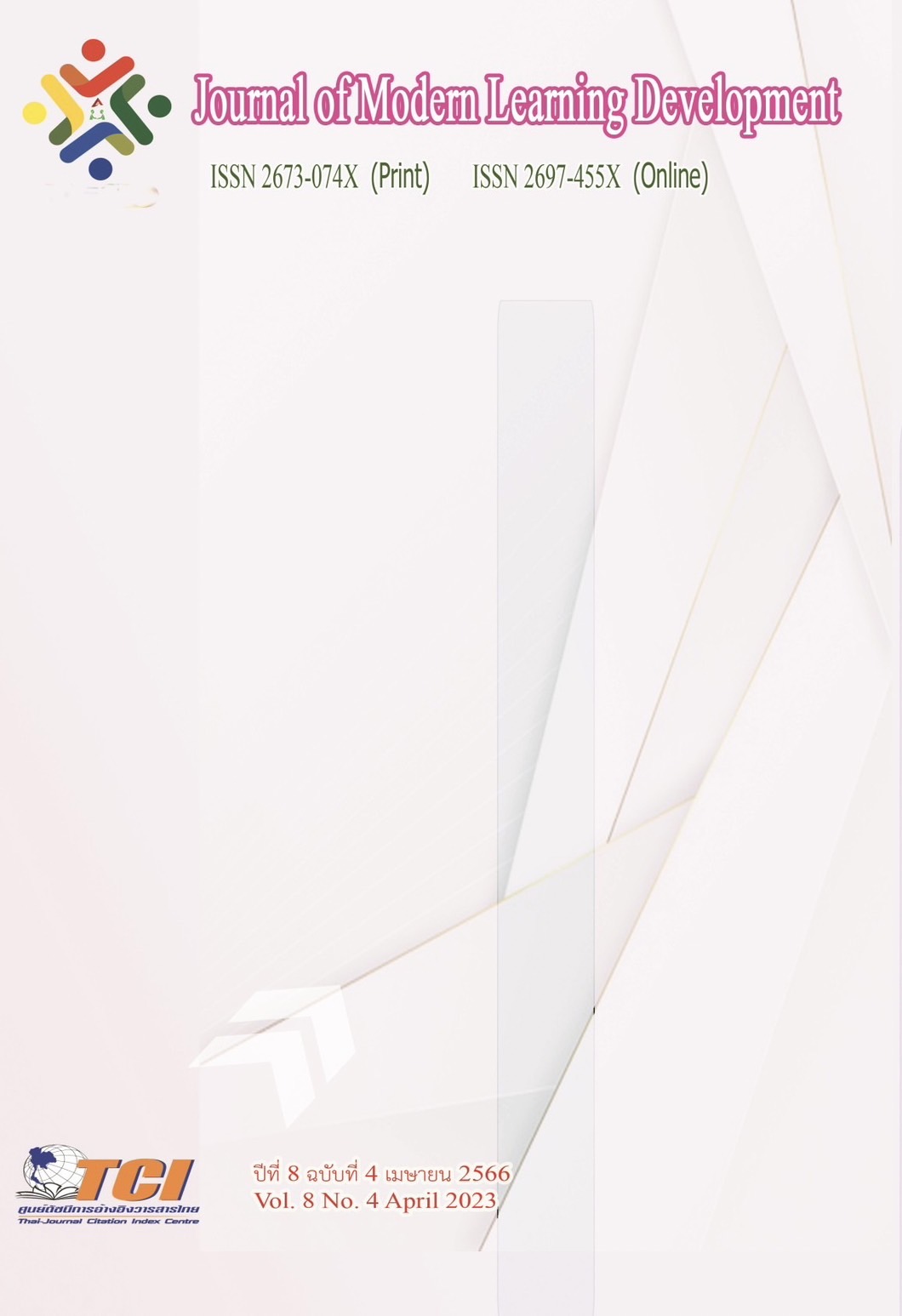Applying Carl Orff Method in Preschool Music Education in China
Main Article Content
Abstract
Chinese people have continuously accepted Orff's educational theory system. In 2012, the "learning and Development Guide for children aged 3-6” issued by the Ministry of education pointed out that we should follow the growth law of children, explore the characteristics of children's life and games, protect children's curiosity, cultivate children's interest in learning, and create a free educational environment. In the field of art, "feeling and appreciation" and "expression and creation" are proposed. Educators should "guide children to feel and discover beauty with their hearts, and express and create beauty in their way." This is consistent with the original, comprehensive, improvisational, and creative ideas that Orff's teaching method advocated.
Article Details
References
Cao, L. (1990). Introduction to General Music Education. Chinese Music Education, (2), 40-41.
Cao, Q. (2007). A preliminary study on the localization process of Orff's music teaching method
in China (Publication Number 2008033512) [Master's thesis], Nanjing Arts Institute.
CNKI.
Chen, J. (2020). The research on the localization of Orff's music teaching method Art Critique,
(9), 110-111.
He, X. (2018). Research on the application of Orff's teaching method in instrumental music
teaching. Northern Music, 38(14), 201-202.
Li, D., Xiu, H., & Yin, A. (2002). Orff's thought and practice of music education.
Li, T. (2018). Talking about the characteristics of rhythm teaching in Orff's teaching method.
Curriculum Education Research, (52), 226-228.
Li, Y. (2009). The application of Orff's educational concept in kindergarten music teaching.
Journal of Chifeng University, (11), 226-228.
Liao, J. H. (2018). On the application of experiential teaching method in music teaching. The
Voice of the Yellow River, (19), 84-84
Liu, Z. (2019). Orff music teaching method and animal simulated rhythm. Scientific Consulting, (7), 153-154.
Ministry of Education. (2001). Guidelines for kindergarten education. Baidu. https://baike.baidu.com/item/%E5%B9%BC%E5%84%BF%E5%9B%AD%E6%95%99%E8%82%B2%E6%8C%87%E5%AF%BC%E7%BA%B2%E8%A6%81/6604495?fr=aladdin
Pang, W. (2006). The research on the localization of Orff's music teaching method in Guangxi [Paper presentation]. National Higher Music Education Curriculum Development and Teaching Research Symposium, Dalian.
Qin, D. (1989). Elemental music education. Nanjing University Press.
Shu, S. (2017). Activating children's natural nature - Giving Orff "original music" education thought. Contemporary Music, (1), 81-82.
Wang, H. (2014). Research on the practice of Orff music teaching method in kindergarten (Publication Number 1015541755) [Master's thesis], Hebei Normal University. CNKI.
Wang, L. (2011). The interpretation of the conformity of Orff's music education concept with the new music curriculum standard in China. Northeast Normal University Journal, (4),
Wang, L. (2012). Research on the localization of Orff music teaching method (Publication Number 1013142212), Northeast Normal University. CNKI.
Wang, T. (2018). The application of Orff music teaching method in children's singing teaching. Journal of Lvliang Institute of Education, (4),
Wang, W. (2019). Analysis on the application of Orff rhythm teaching method in kindergarten music curriculum. Curriculum Education Research, 6,.
Wang, X. (2019). Research on the application of Orff's music teaching method in the teaching of percussion in the large class of kindergarten (Publication Number 1019065119) [Master's thesis], Tianshui Normal University. CNKI.
Wang, Y. (2015). Research on the application of Orff's music teaching method in the singing teaching in kindergarten (Publication Number 1015590540) [Master's thesis, Xinyang Normal University]. CNKI.
Xu, Z. (2021). The theory and practice of Orff's music teaching. East China Normal University Press.
Zhang, Y. (2015). Children's songs recitation in Orff music class. Northern Music, (5), 125-127.


